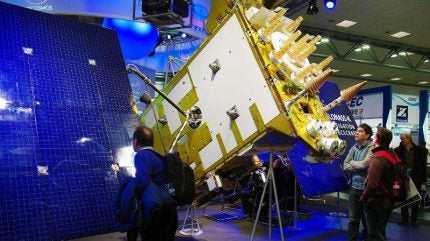
Russia is planning to launch a Glonass-K2 satellite under the GLONASS-K series, part of the country’s Glonass radio-based satellite navigation system.
The launch is expected to be conducted either by a Soyuz-2 carrier rocket from the Plesetsk spaceport in Russia, or by an Angara rocket from the Vostochny cosmodrome in the Russian Far East by 2022.
Information Satellite Systems, manufacturer of the Glonass satellite constellation, has already completed the design of the Glonass-K2 satellite.
Glonass-K2 is designed to send nine navigation signals. The satellite will weigh approximately 1,800kg, twice the size of the Glonass-K1 satellite.
Information Satellite Systems CEO Nikolai Testoyedov told tass.com: “After the approval of the conceptual design, we will switch over to the stage of working out design documentation, after which we will create a prototype and start its experimental testing.
“The flight prototype is planned to be produced in 2022 and in that year it will be launched.”
How well do you really know your competitors?
Access the most comprehensive Company Profiles on the market, powered by GlobalData. Save hours of research. Gain competitive edge.

Thank you!
Your download email will arrive shortly
Not ready to buy yet? Download a free sample
We are confident about the unique quality of our Company Profiles. However, we want you to make the most beneficial decision for your business, so we offer a free sample that you can download by submitting the below form
By GlobalDataInformation Satellite Systems is expected to approve a feature to be added to Glonass-K2’s conceptual design within a month.
Testoyedov further added: “The development has been made at the design level when avionics, the structure, the centre of mass, the budget of mass and fuel have been brought together.
“After the conceptual design’s approval, we will switch over to the stage of developing design documentation, after which we will create a prototype and its experimental testing will begin.”
Information Satellite Systems plans to build two or three prototypes to confirm their operational characteristics in a series of flight tests.
The government commission will make the final decision on commencing their serial production.


